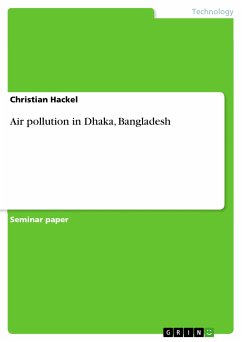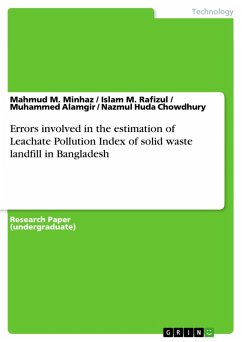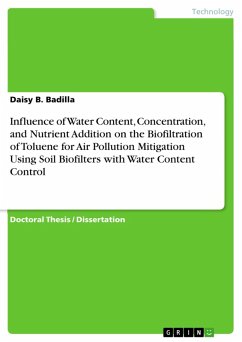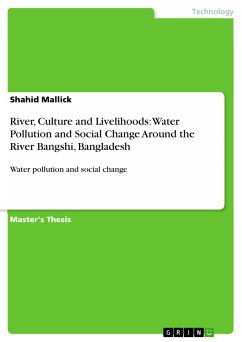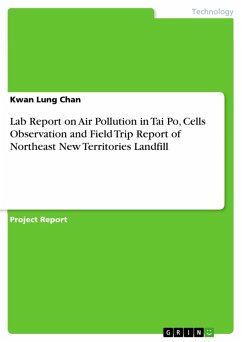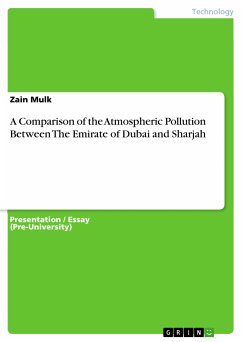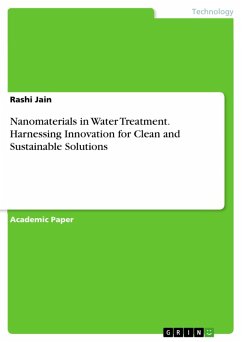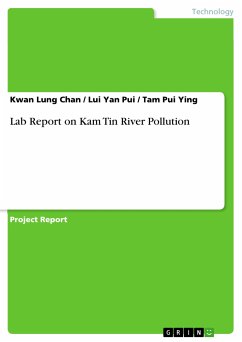Seminar paper from the year 2024 in the subject Environmental Sciences, grade: 1.6, University of London, course: Waste and Pollution, language: English, abstract: Bangladesh is one of the fastest growing economies in South Asia. Caused by decades of rapid economic growth, Bangladesh grapples with a severe waste and pollution problem. The entire country, but in particular its capital, are subject to fast unplanned urbanization and population growth. Today, with almost 24 million people, Dhaka represents one of the biggest metropolitan areas worldwide. Given the pace of development, the local infrastructure, traditional methods for production and construction and waste management, in combination with insufficient policies are not fit-for-purpose. Almost the entire population of Bangladesh lives in bad air, with the central part of the country, including Dhaka, being the most polluted. Given its population density, Dhaka faces the culmination of the national problems like a magnifying glass and as a result, it has become one of the most polluted cities worldwide. Following a description of the issue of air pollution in Dhaka, part 1 of this essay examines the main environmental and social consequences, as well as the effectiveness of current policy implementation, in light of the Environmental Kuznets Curve (EKC) hypothesis. This section of the essay also sheds some light on the key stakeholders in relation to the severe air pollution issue. Part 2 presents a range interventions to address the problem from various angles in order to achieve a sustainable improvement of air quality. The conclusion at the end synthesizes previous thoughts and provides suggestions for further research on the matter. An indicative questionnaire is furthermore presented in Appendix III, with the objective to guide qualitative interviews with users of the Dhaka transportation system. The gathered information is deemed useful for decision-makers who aim at greening Dhaka's transportation sector.
Dieser Download kann aus rechtlichen Gründen nur mit Rechnungsadresse in A, B, BG, CY, CZ, D, DK, EW, E, FIN, F, GR, HR, H, IRL, I, LT, L, LR, M, NL, PL, P, R, S, SLO, SK ausgeliefert werden.

